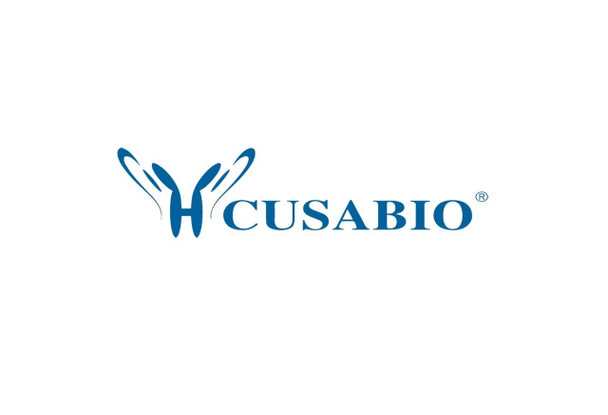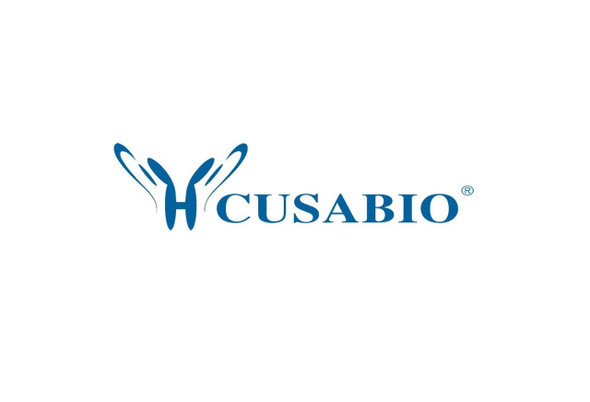Cusabio Polyclonal Antibodies
EYA3 Antibody | CSB-PA860766DSR1HU
- SKU:
- CSB-PA860766DSR1HU
- Availability:
- 3 to 7 Working Days
Description
EYA3 Antibody | CSB-PA860766DSR1HU | Cusabio
EYA3 Antibody is Available at Gentaur Genprice with the fastest delivery.
Online Order Payment is possible or send quotation to info@gentaur.com.
Product Type: Polyclonal Antibody
Target Names: EYA3
Aliases: Eyes absent homolog 3 (EC 3.1.3.48), EYA3
Background: Tyrosine phosphatase that specifically dephosphorylates 'Tyr-142' of histone H2AX (H2AXY142ph) . 'Tyr-142' phosphorylation of histone H2AX plays a central role in DNA repair and acts as a mark that distinguishes between apoptotic and repair responses to genotoxic stress. Promotes efficient DNA repair by dephosphorylating H2AX, promoting the recruitment of DNA repair complexes containing MDC1 (PubMed:19234442, PubMed:19351884) . Its function as histone phosphatase probably explains its role in transcription regulation during organogenesis. Coactivates SIX1, and seems to coactivate SIX2, SIX4 and SIX5. The repression of precursor cell proliferation in myoblasts by SIX1 is switched to activation through recruitment of EYA3 to the SIX1-DACH1 complex and seems to be dependent on EYA3 phosphatase activity (By similarity) . May be involved in development of the eye.
Isotype: IgG
Conjugate: Non-conjugated
Clonality: Polyclonal
Uniport ID: Q99504
Host Species: Rabbit
Species Reactivity: Human
Immunogen: Recombinant Human Eyes absent homolog 3 protein (1-300AA)
Immunogen Species: Human
Applications: ELISA, WB, IHC
Tested Applications: ELISA, WB, IHC; Recommended dilution: WB:1:1000-1:5000, IHC:1:20-1:200
Purification Method: Antigen Affinity Purified
Dilution Ratio1: ELISA:1:2000-1:10000
Dilution Ratio2: WB:1:1000-1:5000
Dilution Ratio3: IHC:1:20-1:200
Dilution Ratio4:
Dilution Ratio5:
Dilution Ratio6:
Buffer: PBS with 0.02% sodium azide, 50% glycerol, pH7.3.
Form: Liquid
Storage: Upon receipt, store at -20°C or -80°C. Avoid repeated freeze.
Initial Research Areas: Signal Transduction
Research Areas: Epigenetics & Nuclear Signaling;Signal transduction;Stem cells













